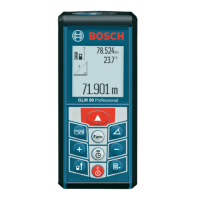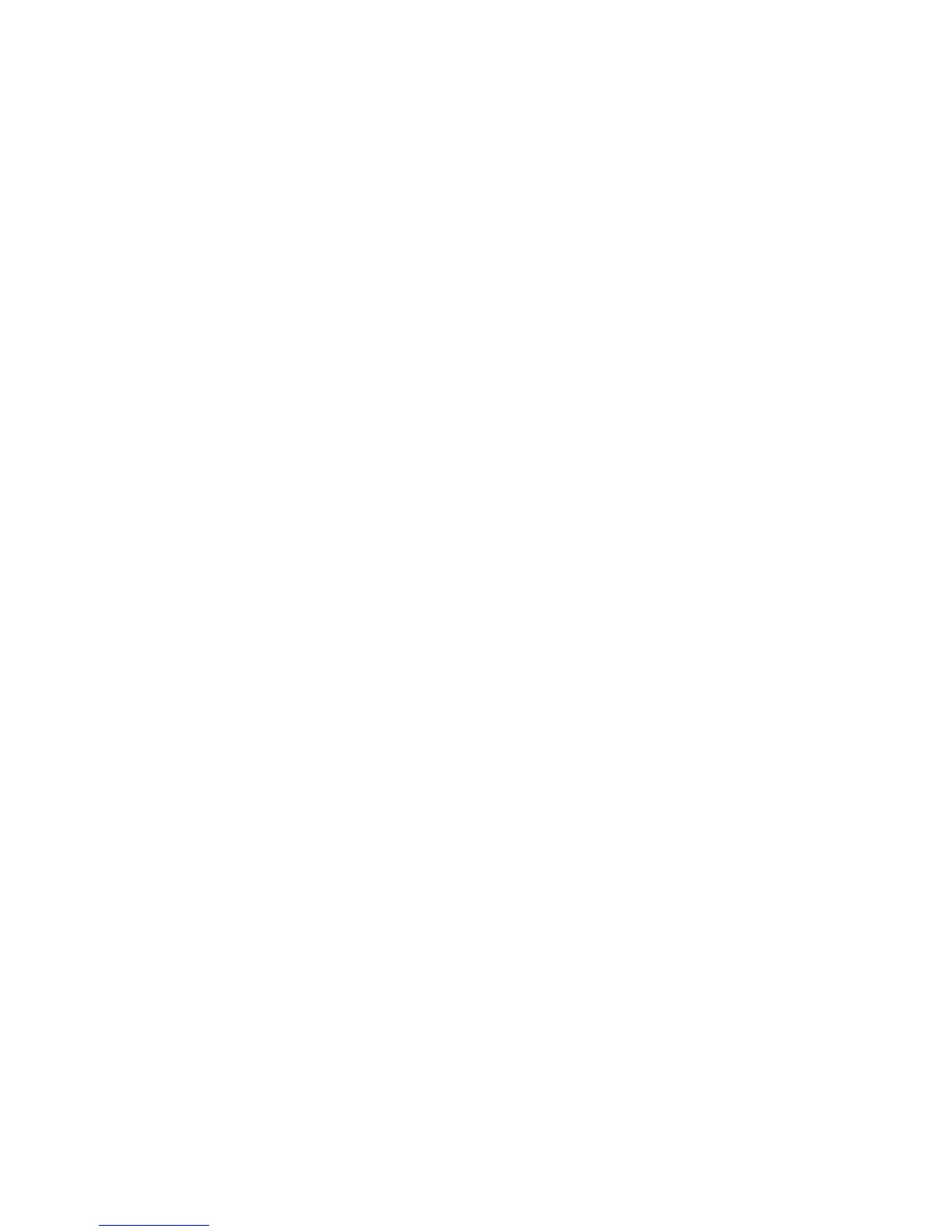Influence Effects on the
Measuring Range
The measuring range depends
upon the light conditions and the
reflection properties of the target
surface. For improved visibility of
the laser beam when working
outdoors and when the sunlight is
intense, use the laser viewing
glasses 26 (accessory) and the
laser target plate 27 (accessory),
or shade off the target surface.
Influence Effects on the
Measuring Result
Due to physical effects, faulty
measurements cannot be
excluded when measuring on
different surfaces. Included here
are:
– Transparent surfaces (e.g.,
glass, water),
– Reflecting surfaces (e.g.,
polished metal, glass),
– Porous surfaces (e.g. insulation
materials),
– Structured surfaces (e.g.,
roughcast, natural stone).
If required, use the laser target
plate 27 (accessory) on these
surfaces.
Furthermore, faulty measurements
are also possible when sighting
inclined target surfaces.
Also, air layers with varying
temperatures or indirectly received
reflections can affect the
measured value.
Accuracy Check and
Calibration of the Grade
Measurement (see figure H)
Regularly check the accuracy of
the grade measurement. This is
done by carrying out a reversal
measurement. For this, place the
measuring tool on a table and
measure the grade. Turn the
measuring tool by 180 ° and
measure the grade again. The
difference of the indicated reading
may not exceed by more than
0,3 ° (max.).
In case of greater deviation, the
measuring tool must be
recalibrated. For this, press and
hold the grade measurement
button 3. Follow the directions on
the display.
Accuracy Check of the
Distance Measurement
The accuracy of the distance
measurement can be checked as
follows:
– Select a permanently
unchangeable measuring
section with a length of approx.
1 to 10 meters; its length must
be precisely known (e.g. the
width of a room or a door
opening). The measuring
distance must be indoors; the
target surface for the
measurement must be smooth
and reflect well.
– Measure the distance 10 times
after another.
The deviation of the individual
-29-

